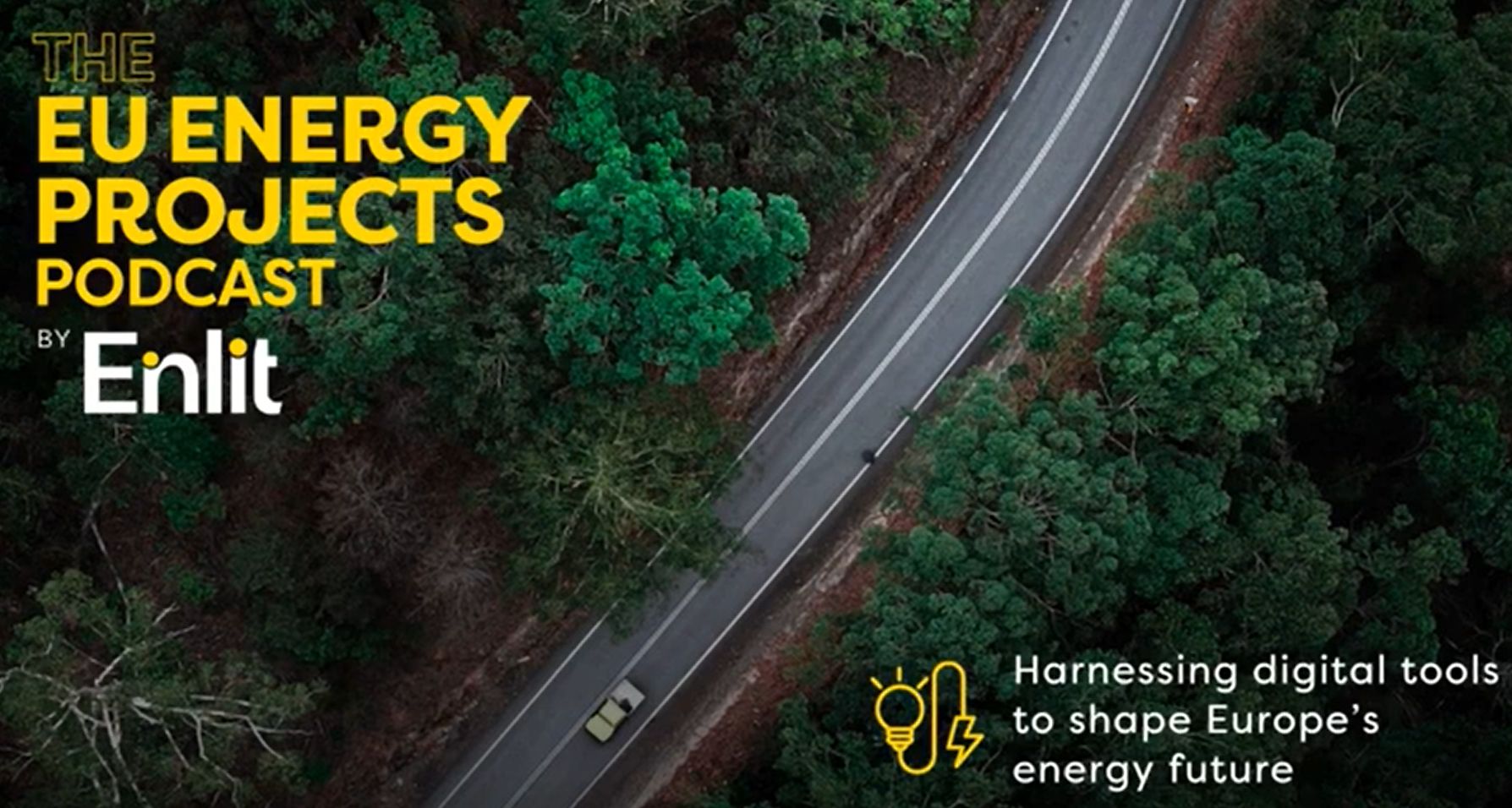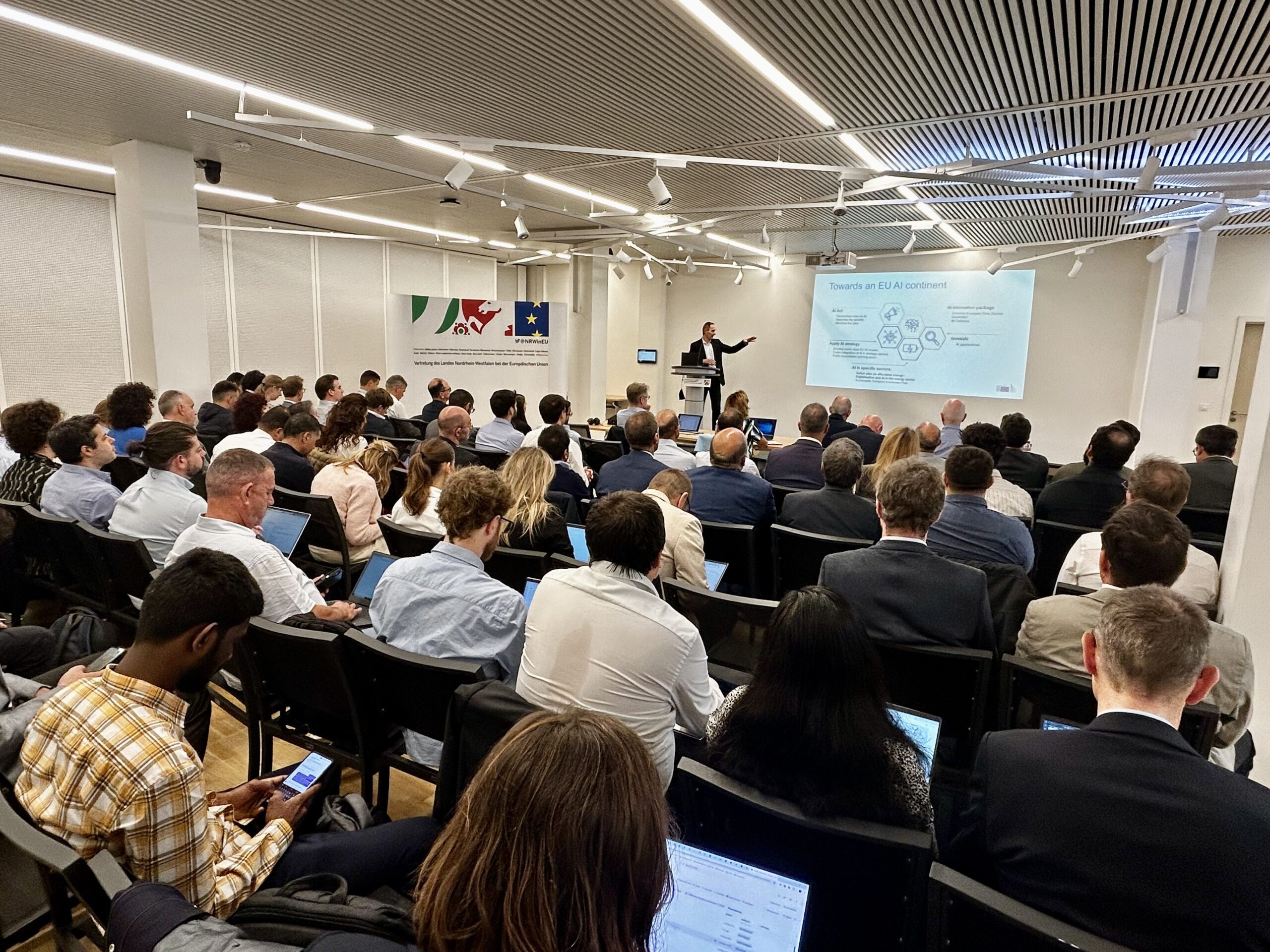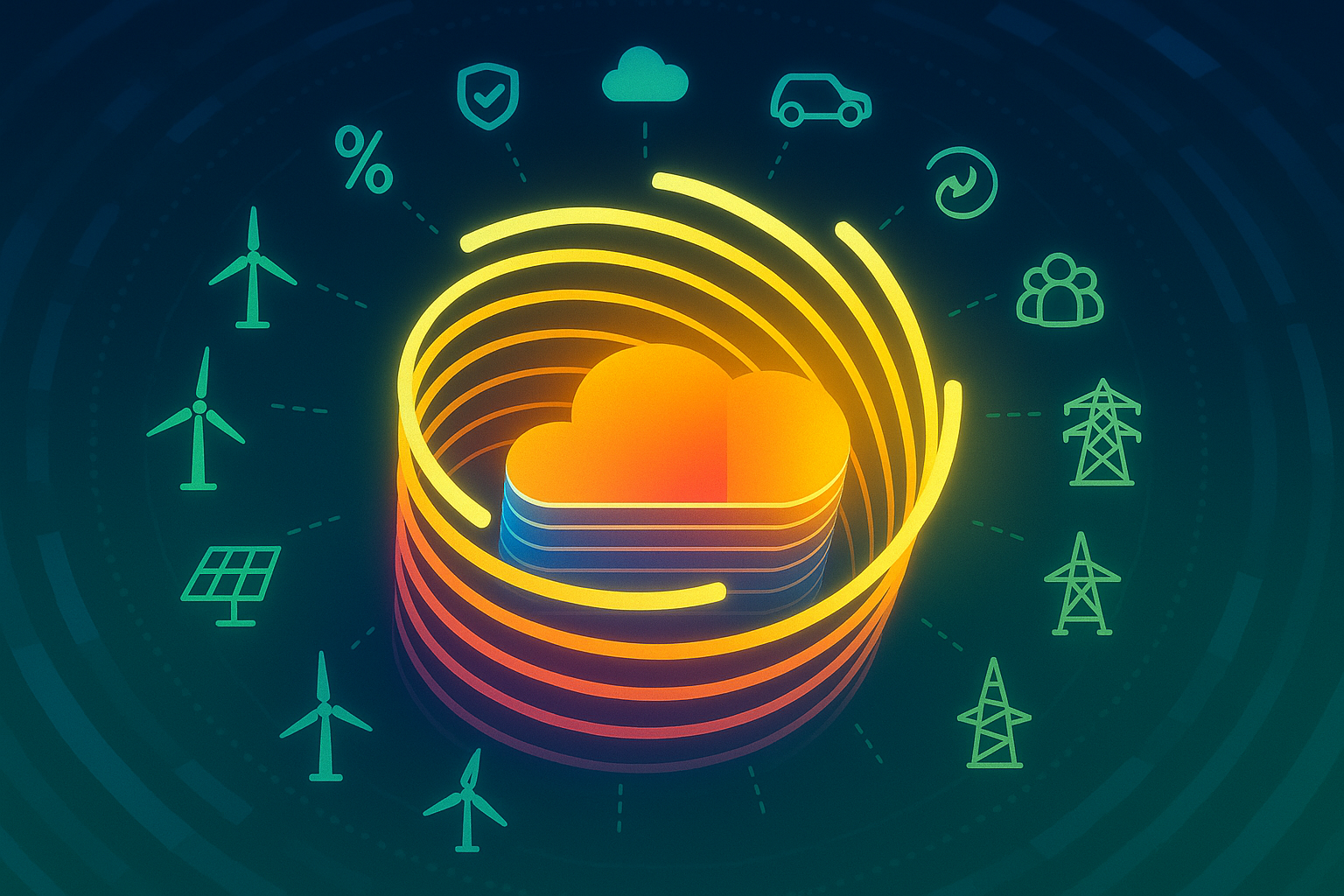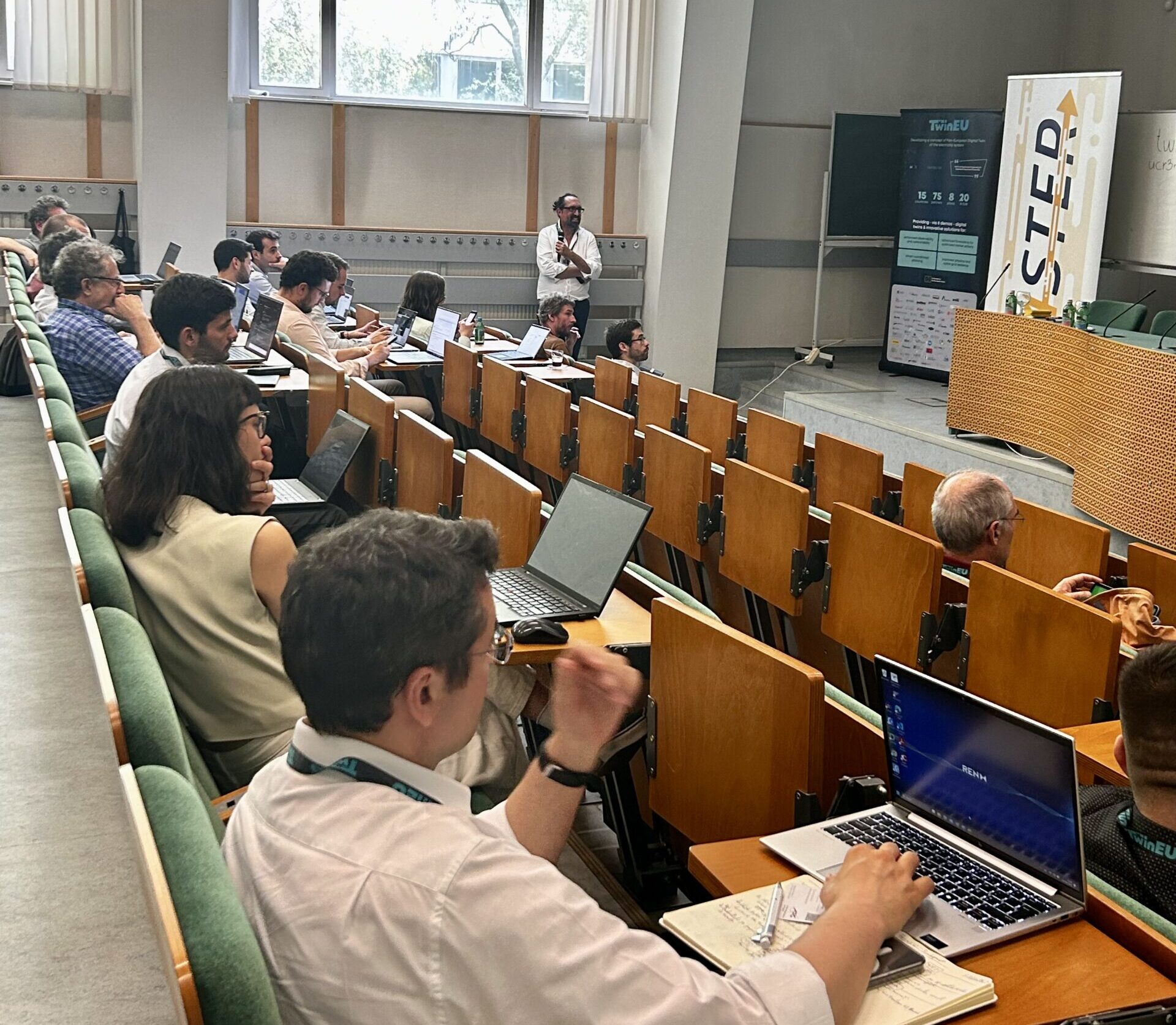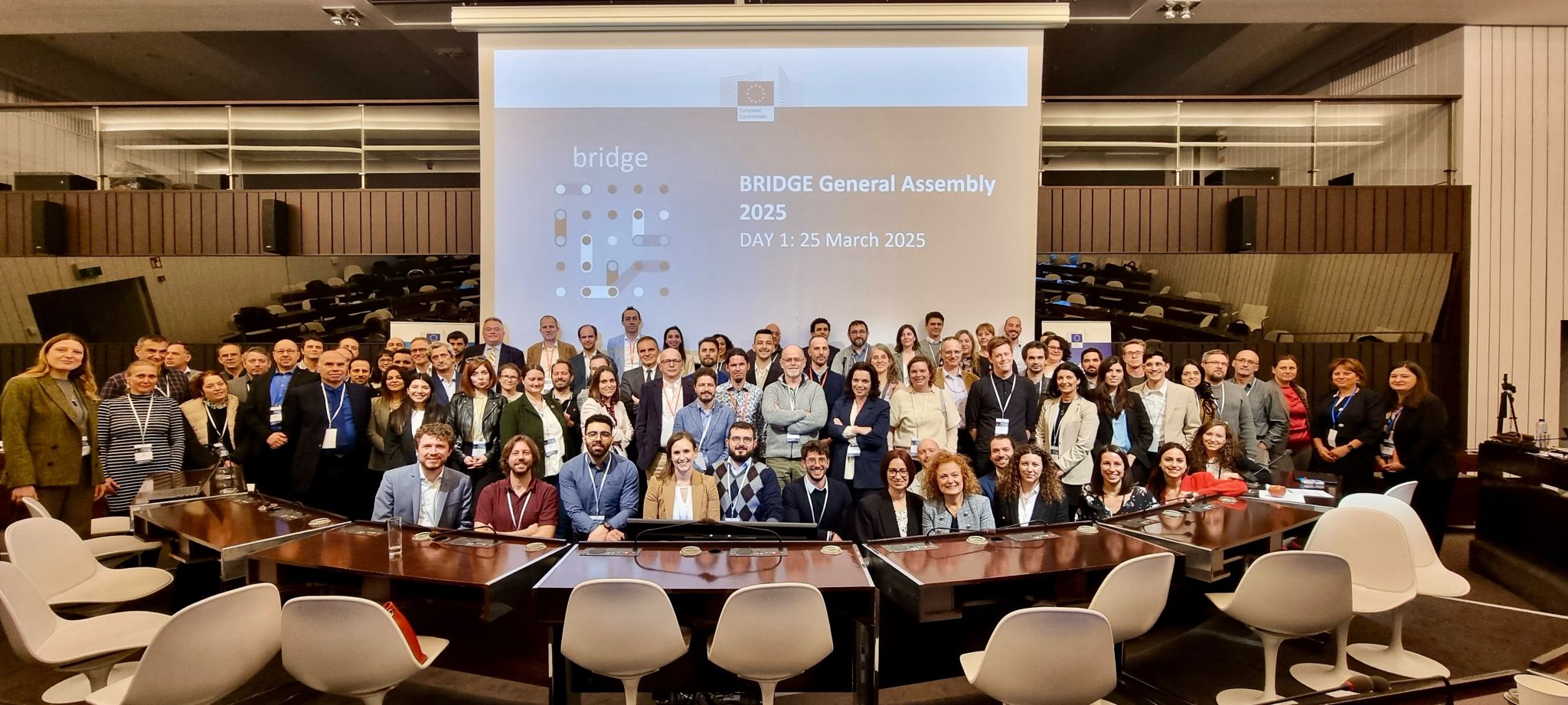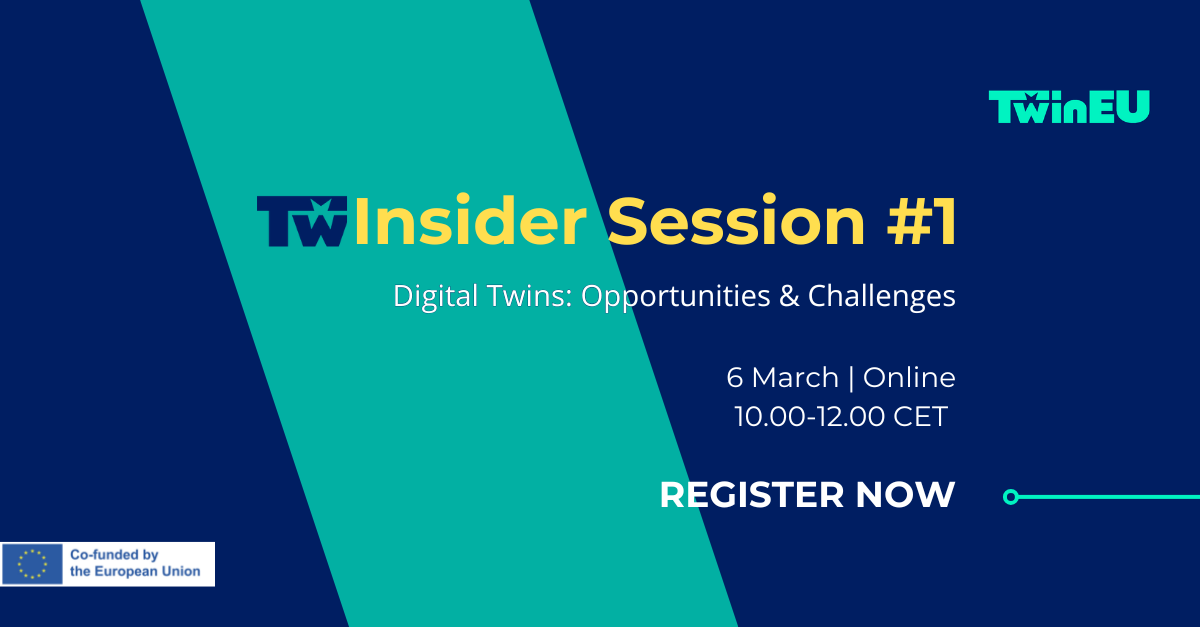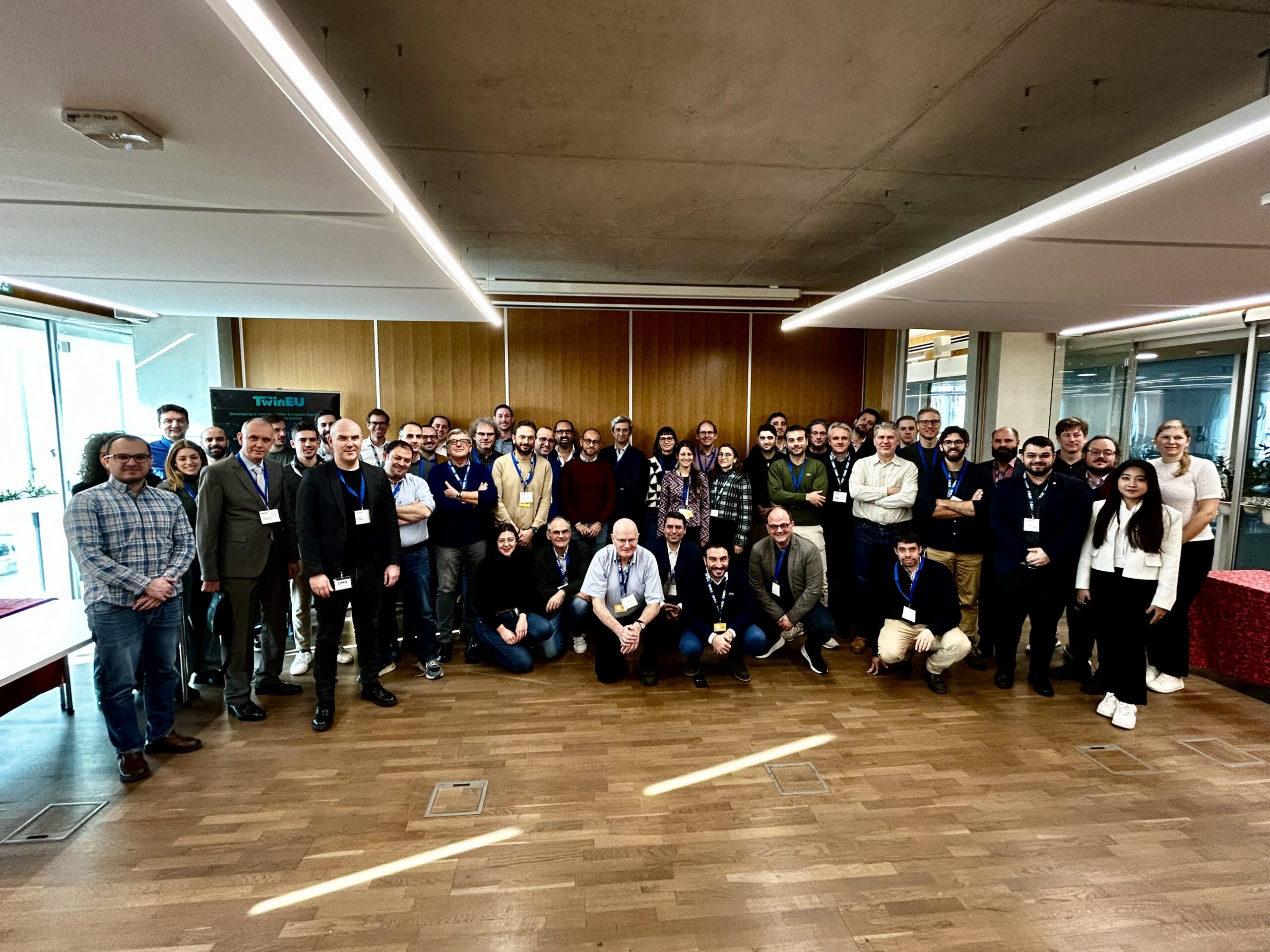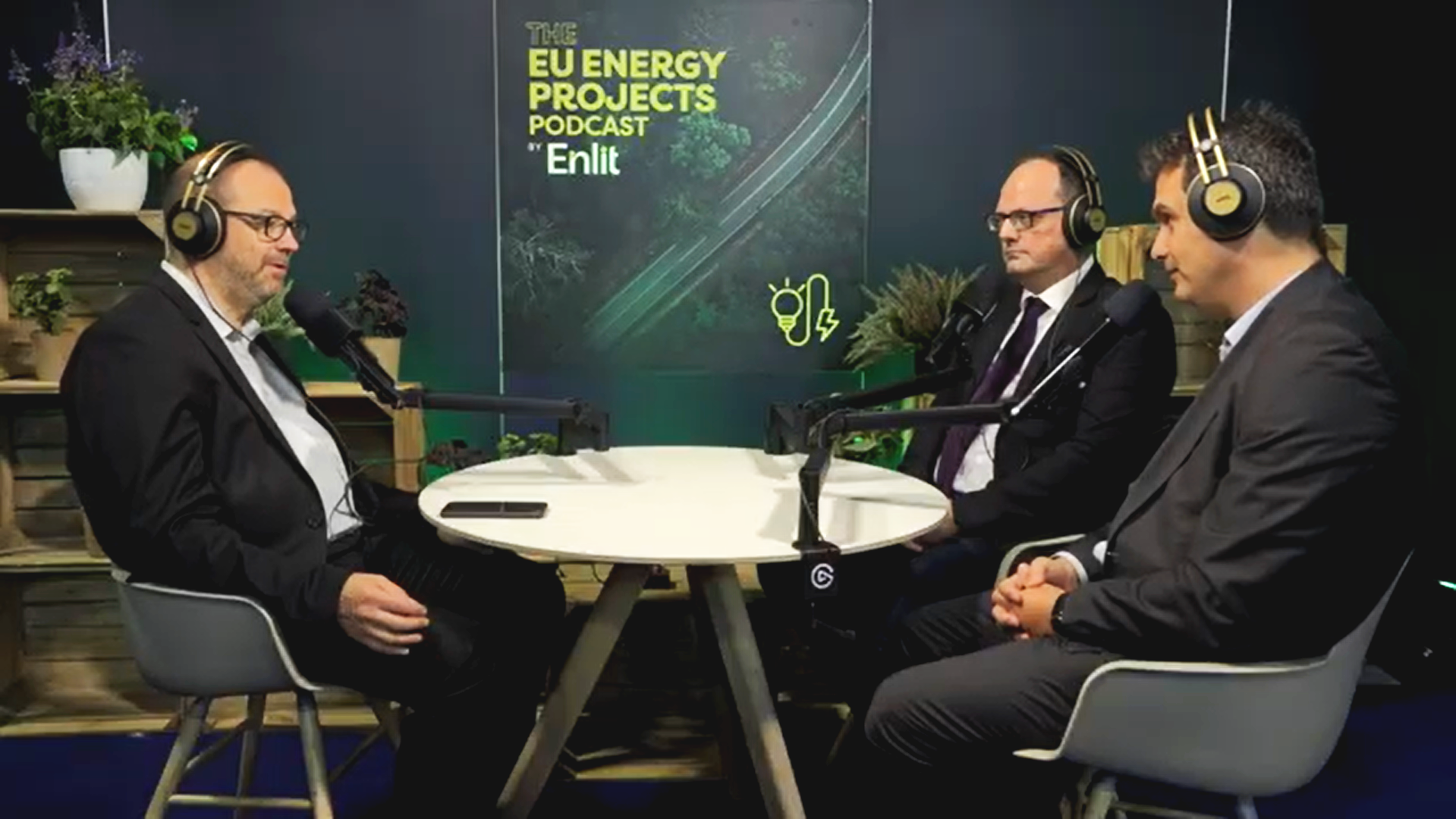The TwinEU project has officially reached its halfway point. With 18 months of collaboration, innovation, and progress already behind us — and 18 more months to go — the consortium gathered in Budapest, hosted by our Hungarian partners, the Budapest University of Technology and Economics and F4STER, for its 4th General Assembly (GA) to take stock of what has been achieved and to define the path ahead.
Milestone Achievements So Far
As it was presented at the GA on 4-5 June 2025, TwinEU reaches the midpoint of its journey, several key developments and deliverables mark the project’s progress toward its ambitious goals of creating a European digital twin system for the electricity network.
- Open Reference Architecture Finalized:
The Open Reference Architecture, the foundational „DNA” of the TwinEU system, is now ready. This includes the functional and non-functional specifications needed for both the demonstrators and the TwinEU federated system. - Use Case Definition Complete:
A total of 50 use cases have been identified across 8 demonstrators, showcasing a wide range of digital twinning applications for electricity systems throughout Europe. - Pan-European Scenario Development Underway:
These use cases are now feeding into the development of cross-border and pan-European scenarios that address strategic challenges, including:- Grid hosting capacity mapping
- Co-optimization of energy and balancing market coupling
- High-accuracy forecasting
- Flexibility management and frequency support
- System security and stability
- Interoperability and Data Spaces:
The architecture ensures interoperability among digital twins, facilitating seamless integration with the European Data Spaces. It also enables cooperation among diverse actors in the energy value chain while supporting cross-border coordination and maintaining local operational autonomy.
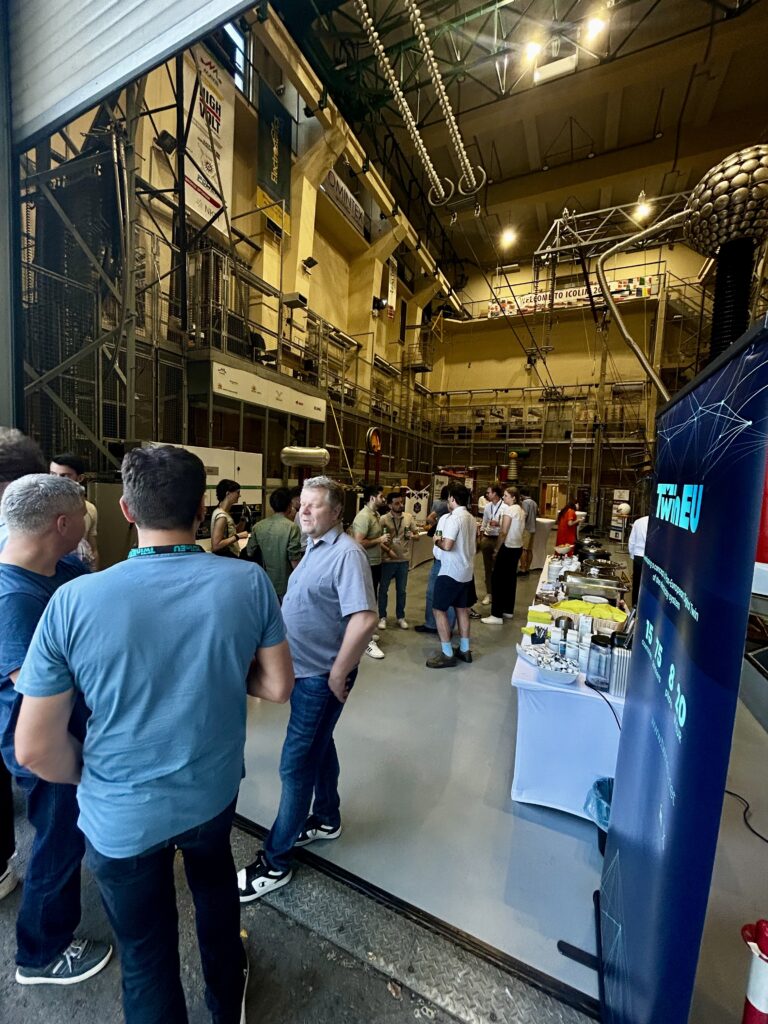
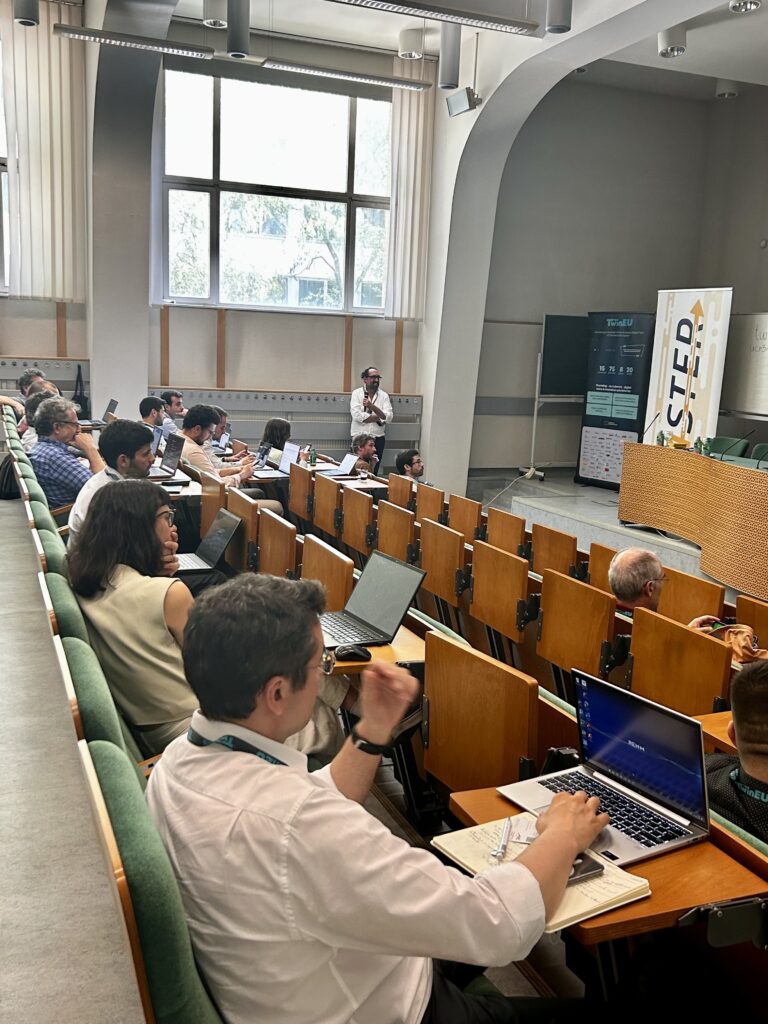
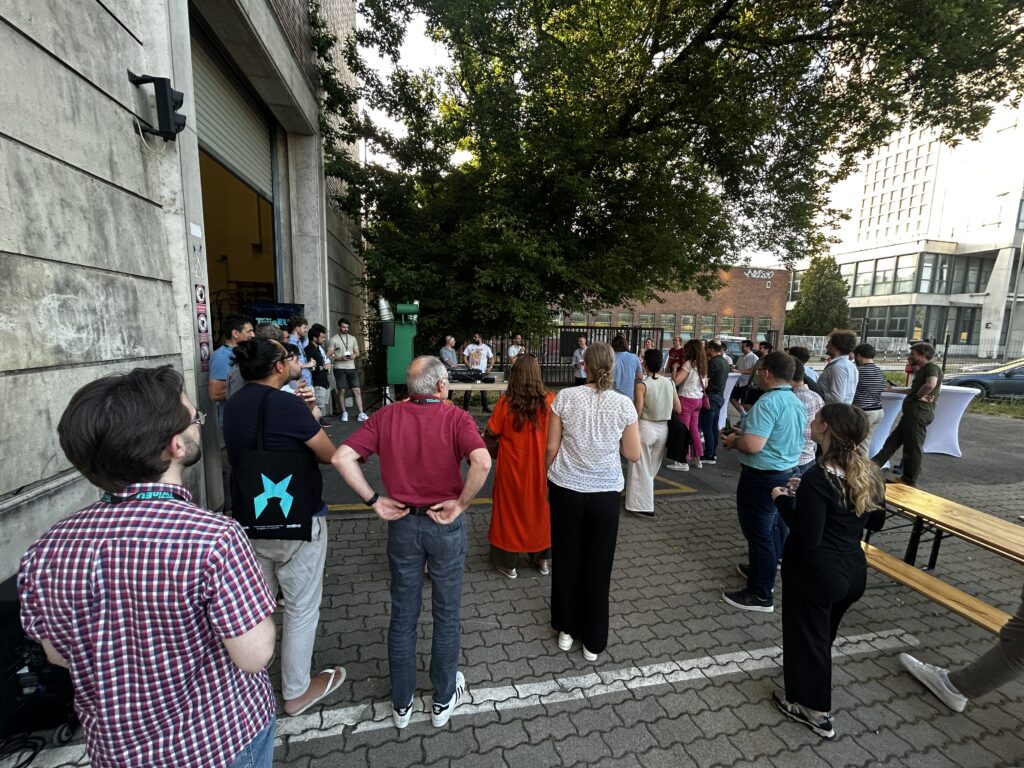
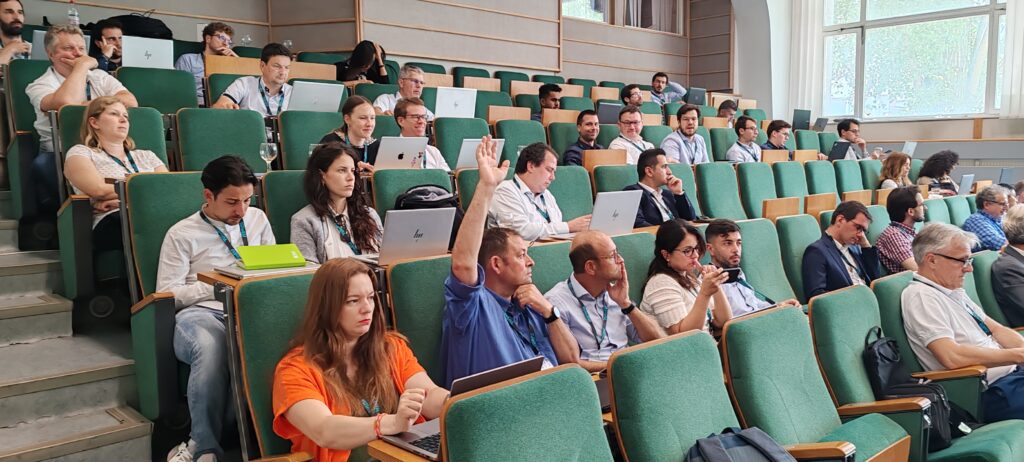
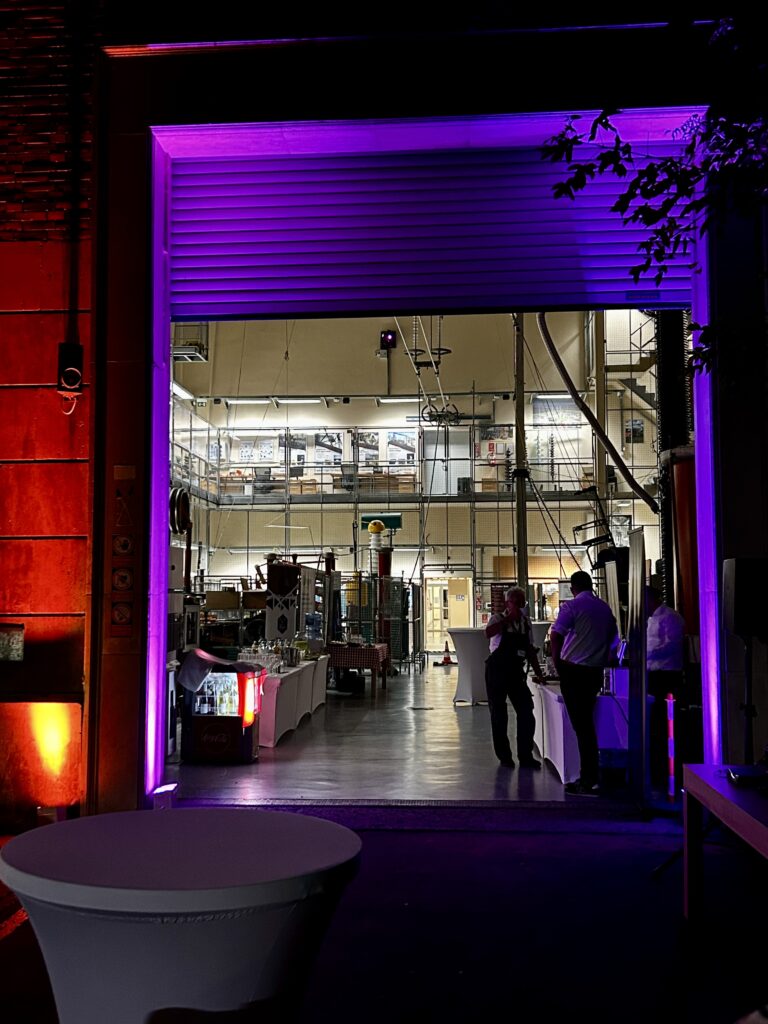
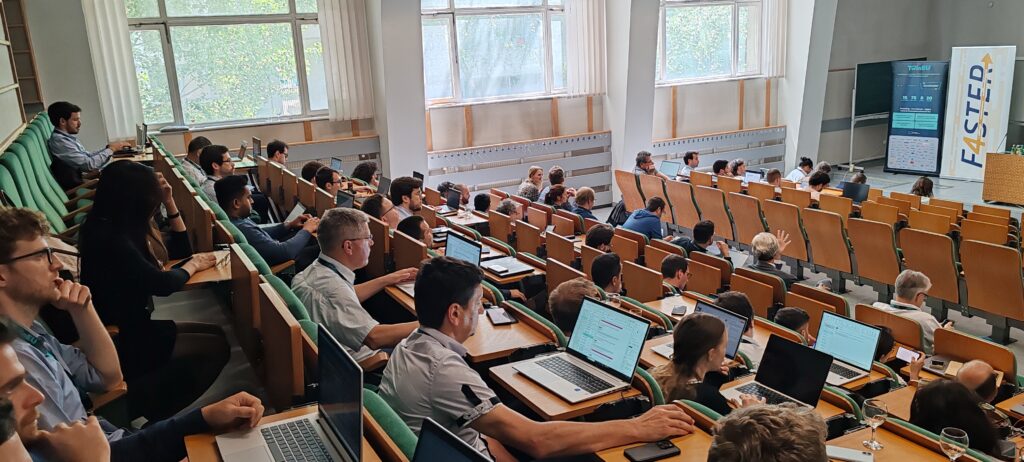
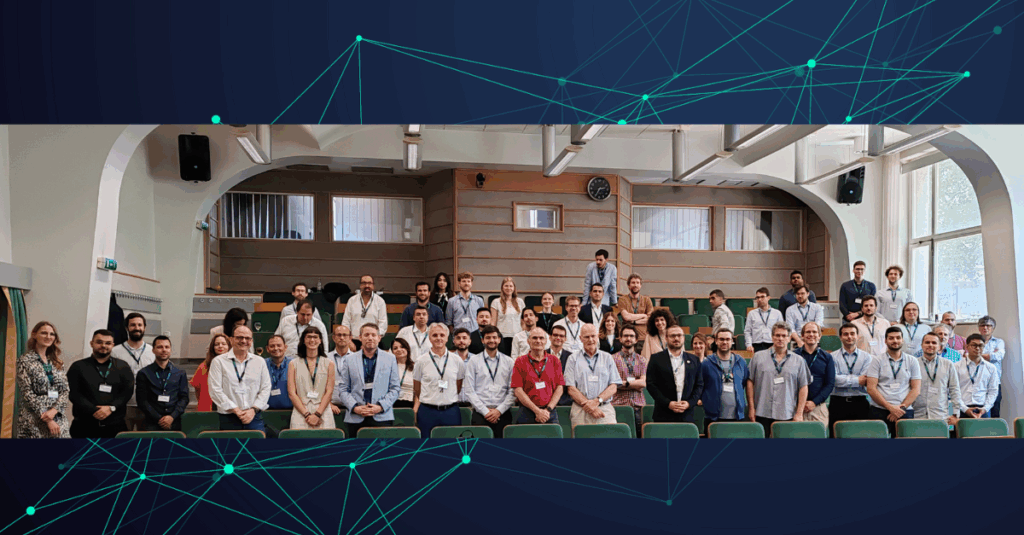
Looking Ahead
As the TwinEU project enters its second half, the focus will now turn to implementing the defined scenarios, piloting the digital twin systems in real-world settings, and consolidating the lessons learned from the demonstrators.
